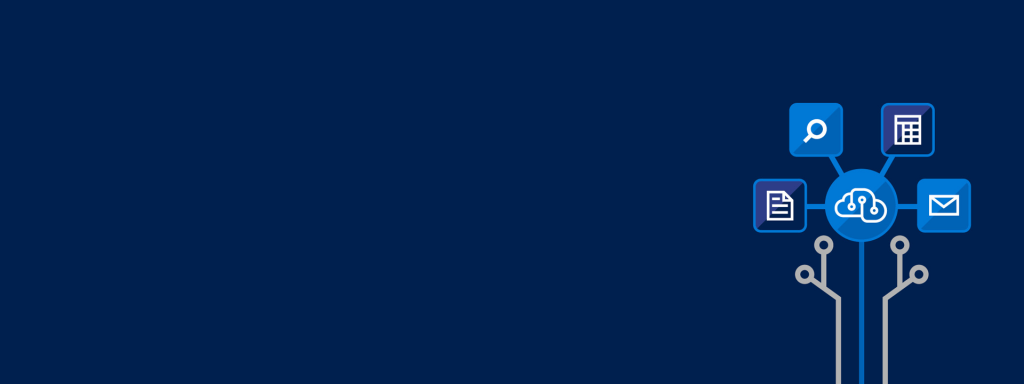Congratulations to all the winners!!
Try Azure
Try Azure services with a free Azure account.
Start for free
Challenge rules
Read the complete set of rules
Contact us
For questions, please see our FAQ or email [email protected]
Cloud AI Research Challenge
We received numerous submissions from around the world, and the judging panel had the challenging task to determine which projects best showed how Microsoft AI services are used to solve a difficult problem and provide insightful solutions.
After all projects were evaluated, the scores were so close among the top six finalists that the judges unanimously decided to create two 4th place awards, each with a prize amount of USD5000.
Congratulations to all the winners!
Grand Prize
Civil War Photo Sleuth
David Thames, Vikram Mohanty, Dr. Kurt Luther | Virginia Tech
Uses Msft Cognitive Services – Face Recognition API to find an unidentified soldier from a large pool of identified soldiers, aggregated from historical databases.
Grand Prize
Pic2News
Soner Sukru Altin, Nazire Aslan | Universitat Pompeu Fabra
Sees what is in your photo, searches the internet, and provides relevant information and news on the subject.
2nd Place
matNet
Horacio Canales | Universitat de Barcelona
AI based materials characterization standard to estimate the properties of an engineering material (e.g. titanium, steel) using mobile phone.
3rd Place
Earthquake Notifications
George Spyrou, Paradisopoulou Parthena, Kementzetzidou Despoina, Areti Panou, Dimitrakopoulos Panagiotis | Validata Software Aristotle University of Thessaloniki
Notify researchers at AUTH when a strong earthquake occurs. The message in the Azure Queue triggers an Azure Function which calls Microsoft Cognitive Services Speech API and creates an audio file which contains the details of the specific earthquake event in the Greek language.
4th Place
Clean Water AI
Peter Ma, Adarsh Uppula | Clean Water AI, UC Berkeley
Detects dangerous bacteria in water such as ecoli and cholera, as well as harmful particles
4th Place
CricketBOT.ai
Ram Chellamuthu, Arjun Ganesan, Suresh Sivasankaran | California Communications, Inc
AI based VideoBOT technology for personalized cricket highlights.
What was the Cloud AI Research Challenge?
The Cloud AI Research Challenge invited any researcher—from students to academics to employees of public and private organizations—to build AI applications on Microsoft AI services, using at least one of Microsoft’s AI-supporting services, including Azure Machine Learning, Cognitive Services, Data Science VM, Batch AI, Bot Framework, and others. These services feature the latest advancements in developing for AI on Azure.
We invited teams of university researchers, students, and employees of public and private organizations to participate. Teams were to create a working, interactive software application, in any domain, as long as it was an intelligent system using data and the Microsoft AI platform.
We asked for demonstrable applications that use the newly released set of powerful services that promote AI development through open source services on Microsoft Azure. Applicants were to demonstrate how difficult problems would be solved using the below services, but not limited to, where the solution contributes new insights to a field.
- Azure Machine Learning
- Example: Build models with labeled data to train and intelligently sense, process, and act on information to create applications that augment human capabilities.
- Cognitive Services
- Example: Infuse your apps, websites, and bots with intelligent algorithms to see, hear, speak, understand, and interpret your user needs through natural methods of communication.
- Data Science
- Example: Create a friction-free end-to-end data science workflow using pre-installed Data Science Virtual Machines to build applications that rely on data analytics, machine learning, and AI training.
- Container Service
- Example: Quickly provision and efficiently scale clusters to maximize resource utilization without container orchestration expertise.
- Batch AI
- Example: Deploy virtual machines, containers, and connect your shared storage to train against any AI framework/deep learning library.
- Bot Framework
- Example: Build dialog systems with open source Bot Builder SDKs.
Submissions were to include a working, interactive software application that uses Microsoft AI services along with a video that comprehensively explains and demonstrates the application’s features and functionality.

